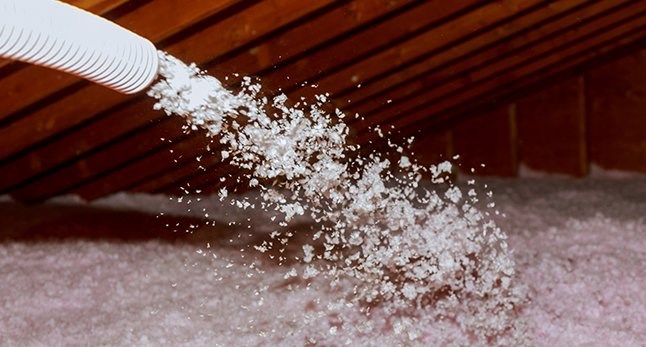Seattle, WA Attic Insulation Installers
Don’t forget the attic! Valentine Roofing specializes in attic insulation, which is crucial for maintaining the overall health and energy efficiency of your home. Contact us today to get a free bid on attic insulation installation in Seattle and throughout the Puget Sound region.


